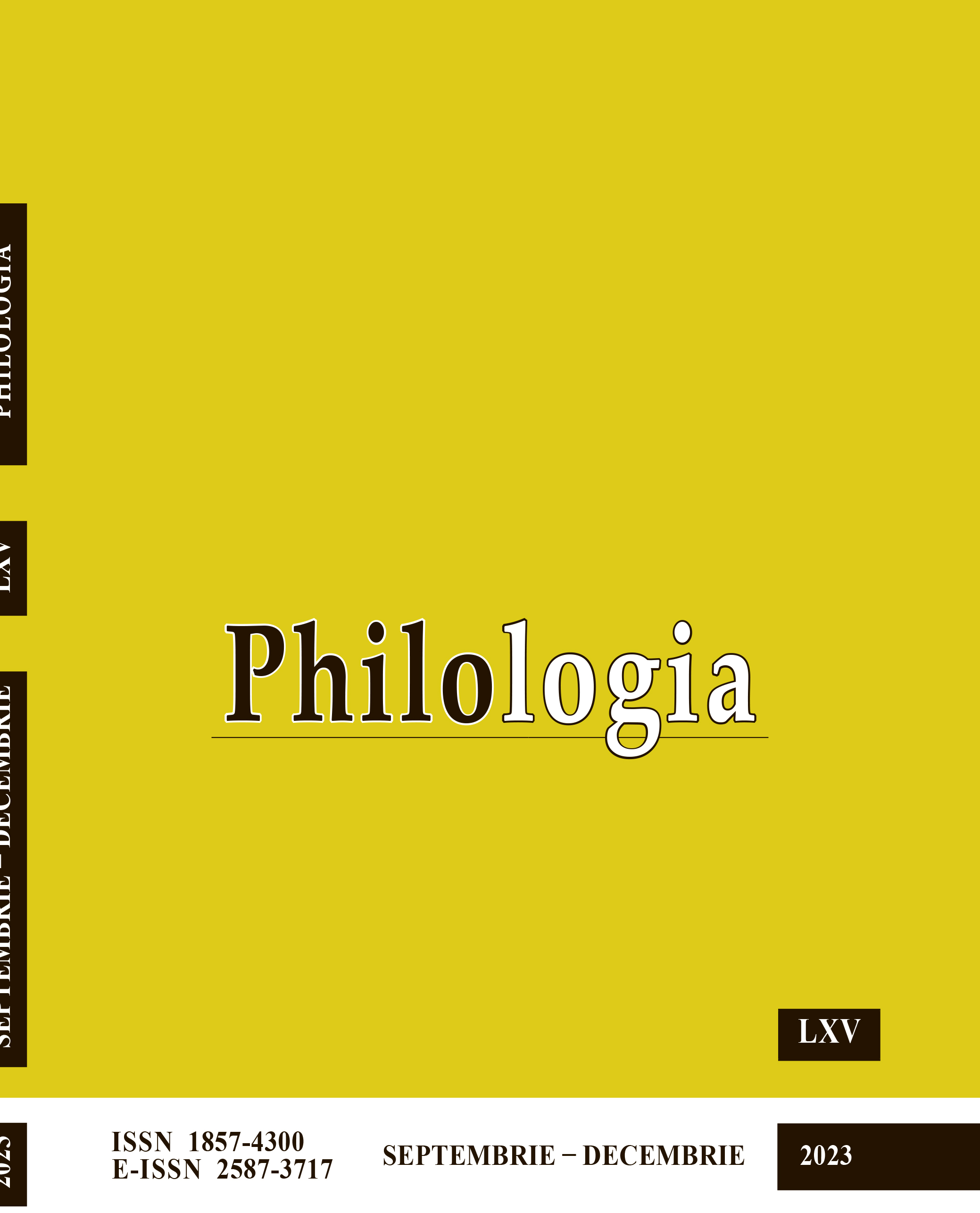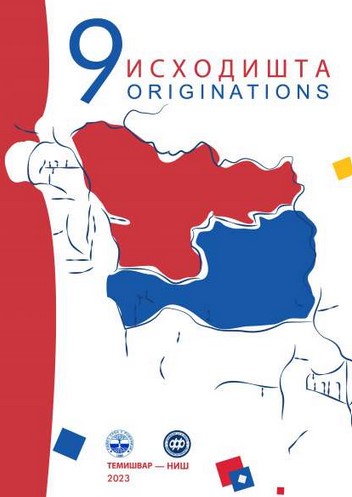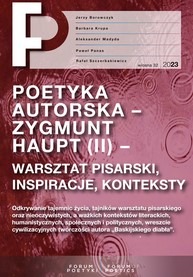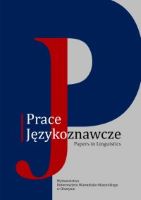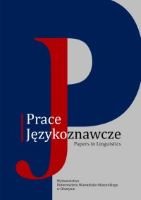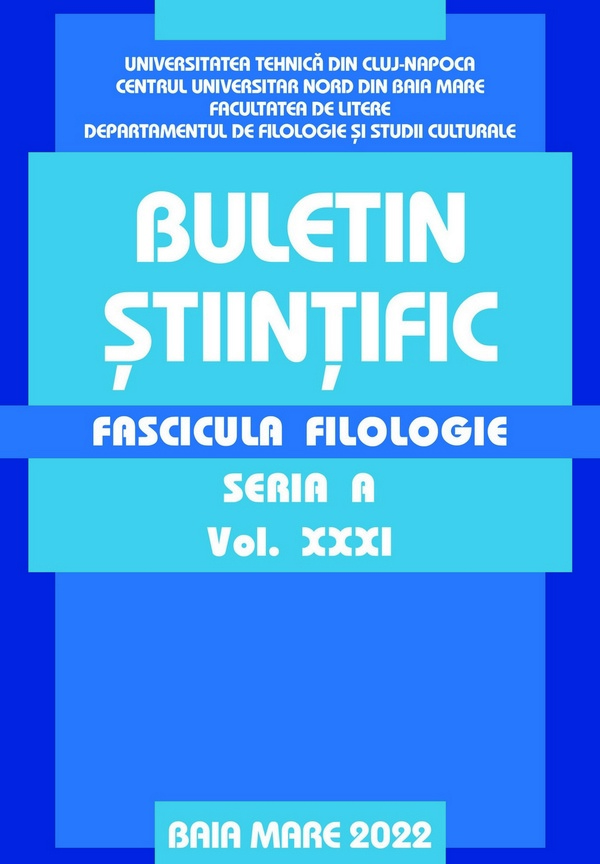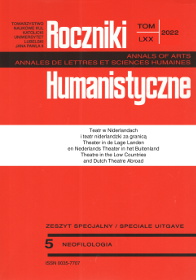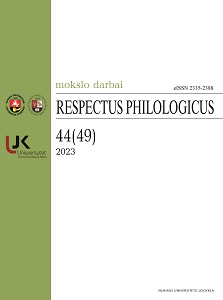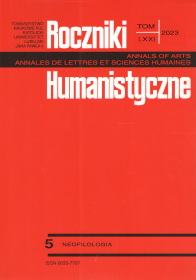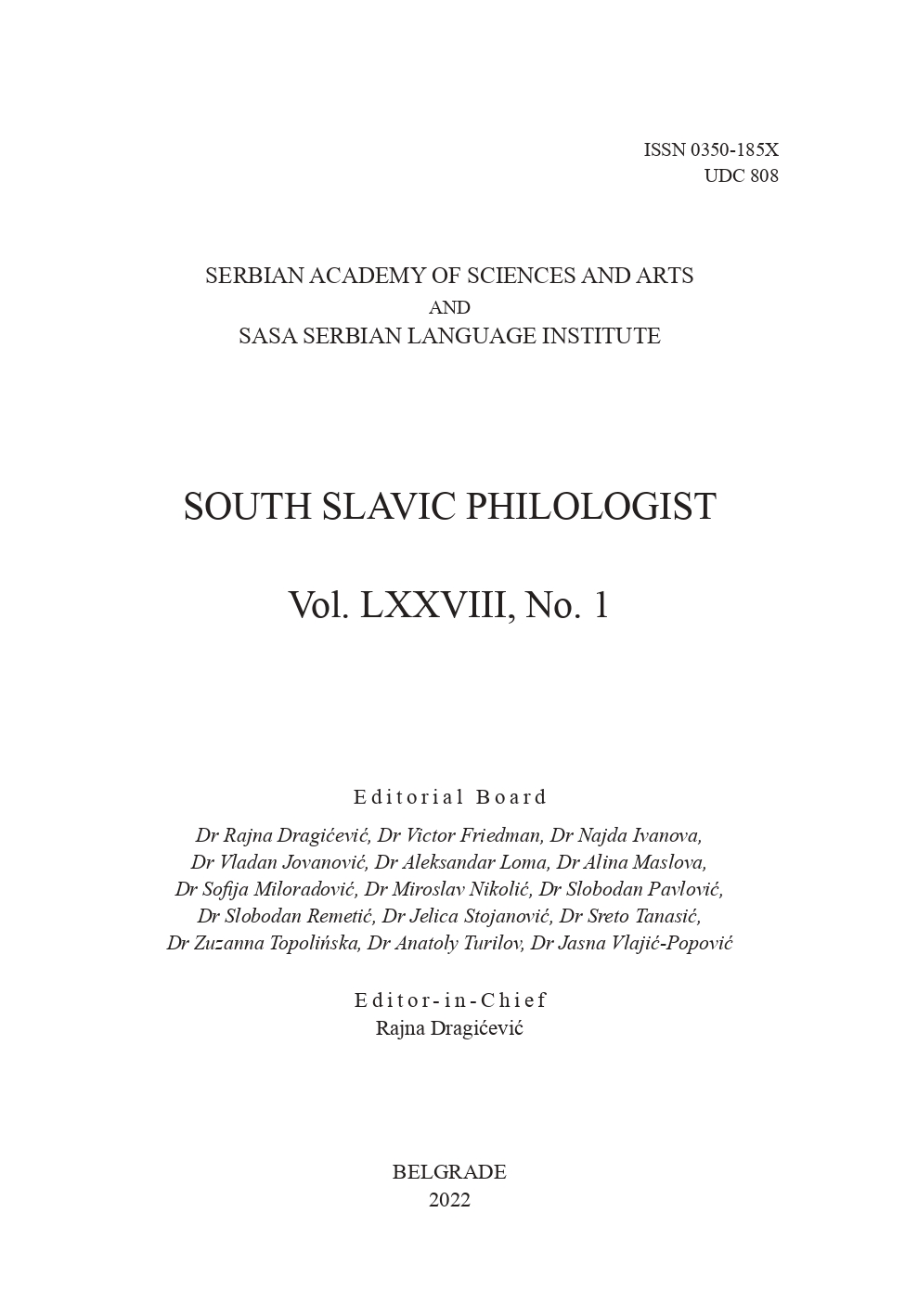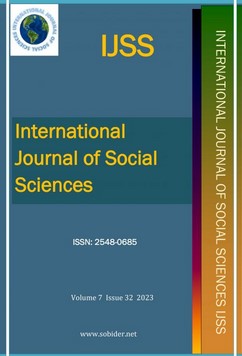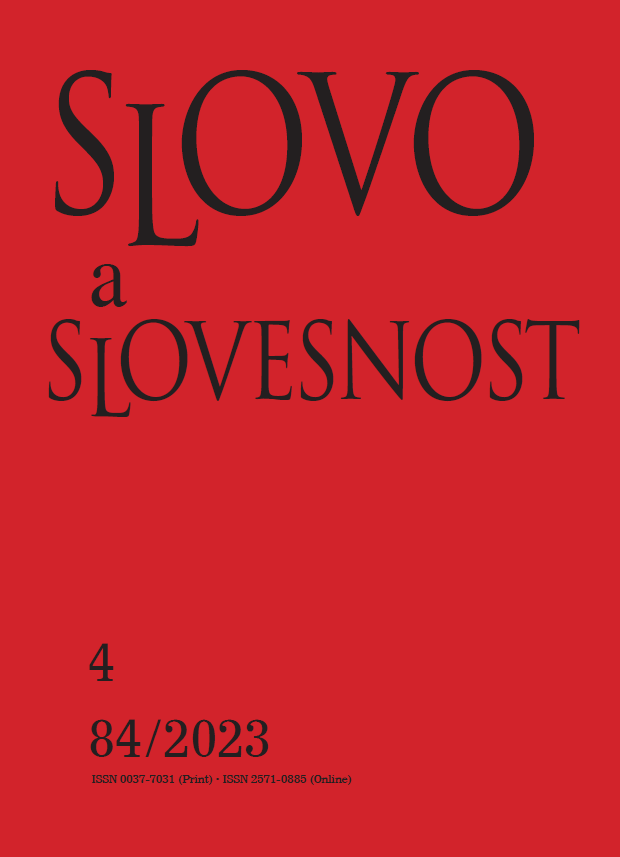
Akademické psaní a frázové banky
Scholars have previously conceptualized academic writing as both process and product. Academic phrasebanks are a tool in which these two conceptions intertwine, i.e., where the products, existing texts such as journal articles, are broken down into smaller units such as steps and phrases, which are then used in the process of producing new texts. In this article, we examine the possibilities and limits of collecting these smaller units for research and didactic purposes, presenting a newly established phrasebank in this context. First, we consider various scholarly and pedagogical approaches to academic writing. We then provide an overview of existing academic phrasebanks, primarily the seminal University of Manchester Academic Phrasebank created by John Morley, focusing on how its principles and structure have been utilized to create similar tools for other languages. We subsequently describe the design and creation of the Czech Academic Phrasebank, the innovative character of which is its link to the Czech National Corpus, specifically a subcorpus of Czech scholarly articles. The processes of conceptualizing the phrasebank, its basic units and functions, excerpting phrases, linking to the corpus, and the various problems encountered throughout are reflected. We conclude by outlining directions for the phrasebank’s use in Czech-language genre-based pedagogy.
More...
